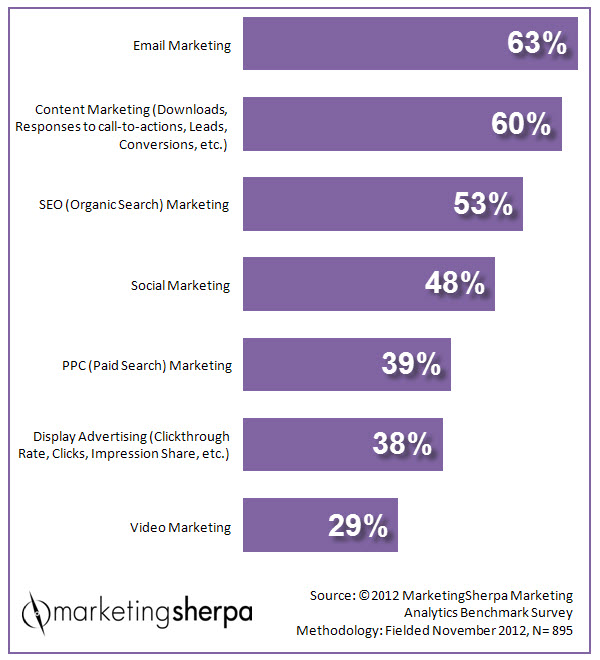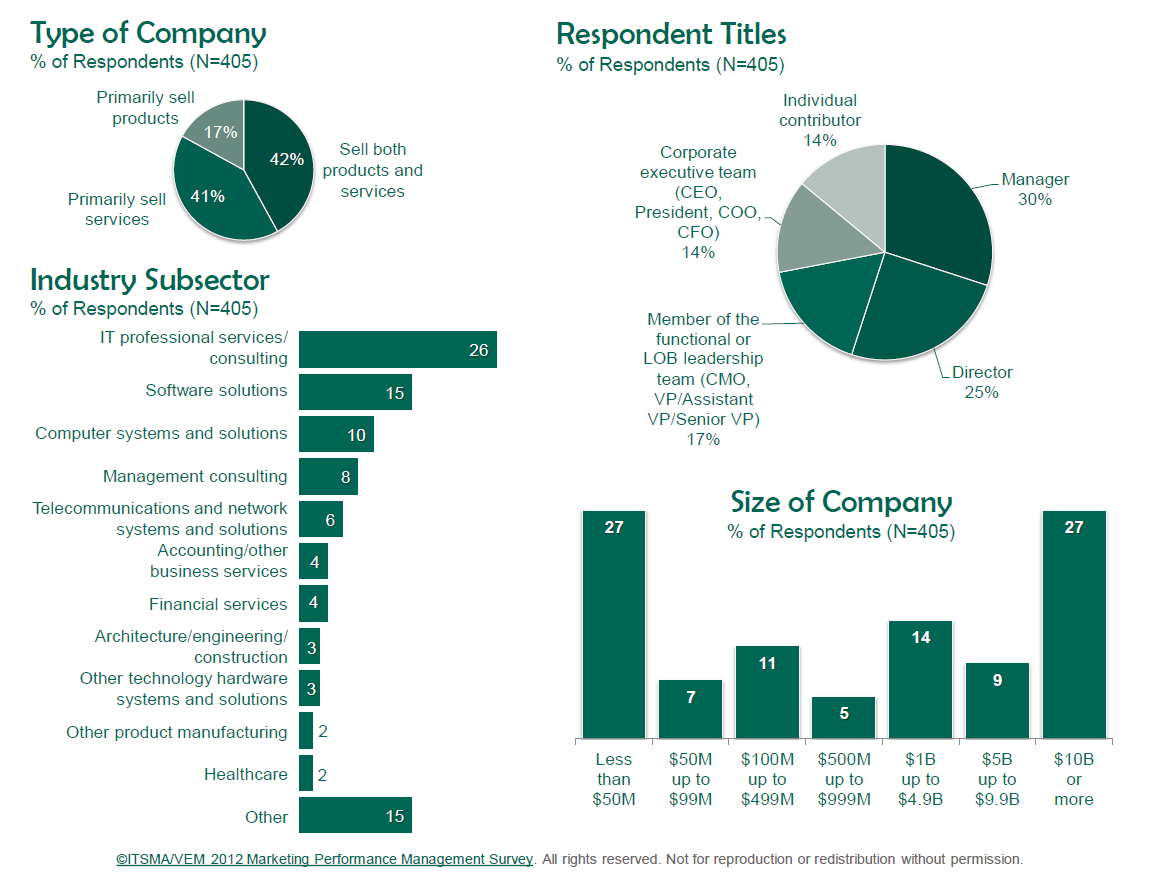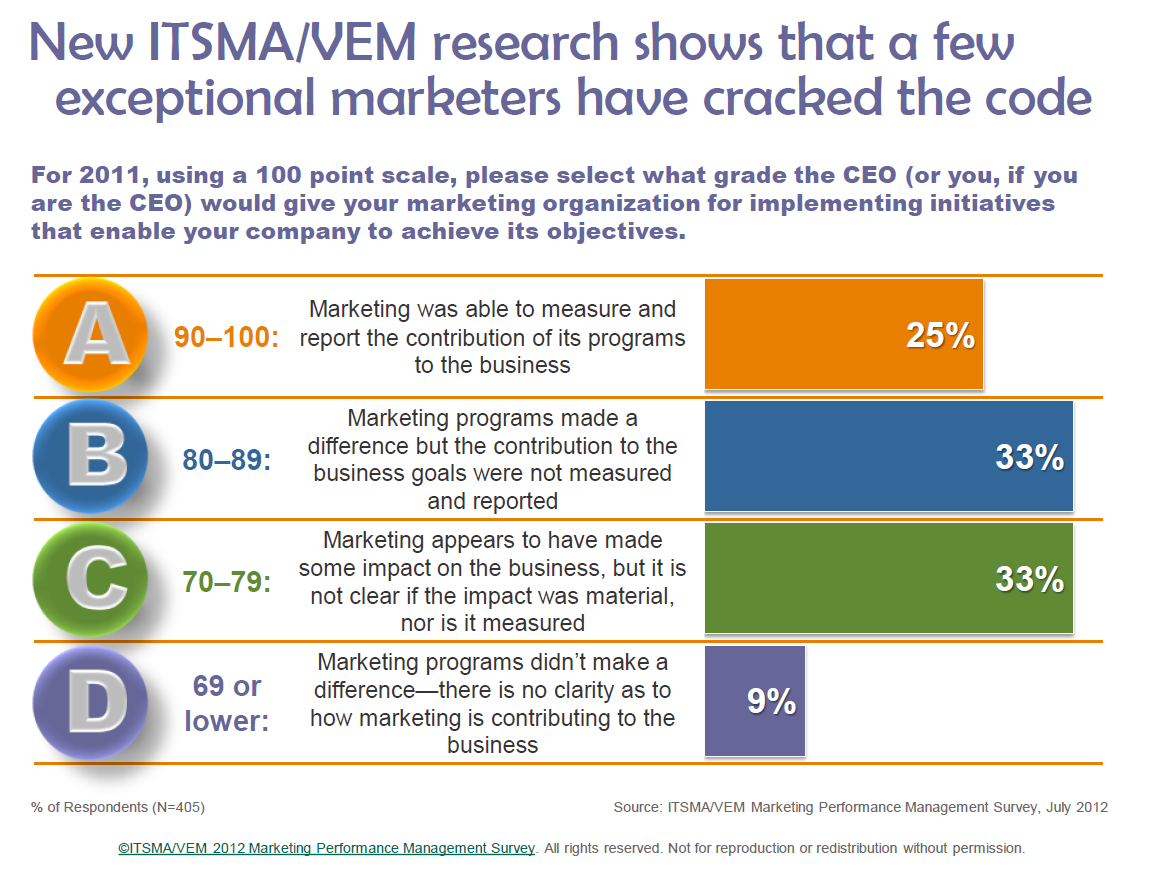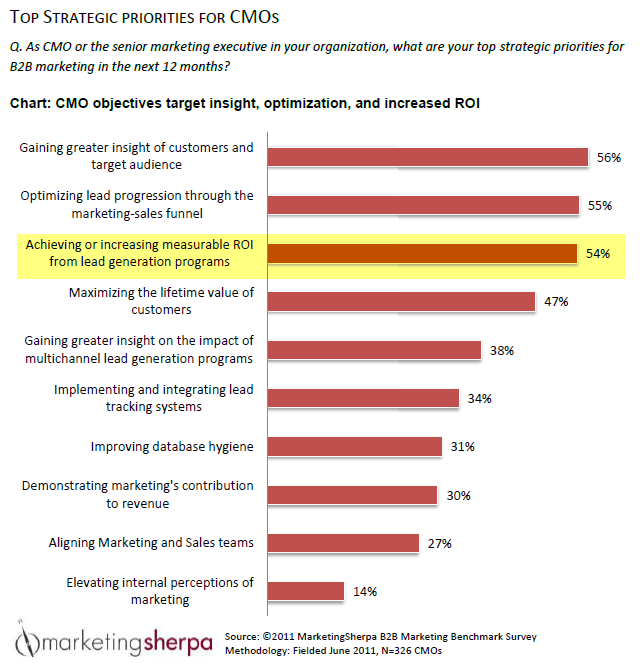How can you track the most impactful elements of your marketing funnel? Let’s start with an analogy …
I once had a crush on a girl. I talked to her every day, but she rarely took notice of my existence. She liked the “bad boys,” and I was kind of a nerd. It seemed as if the stars were aligned against us.
I tried asking sweetly, coming up with inventive date ideas, even appealing to her sense of pity, all to no avail. Finally, after a year or so of trying, I wrote her a letter telling how I felt. She finally accepted my invitation and we went on a date.
My takeaway from this exchange was letters work best. (Admittedly, my letters are particularly awesome.)
What I didn’t know was my letter had relatively little to do with her decision. Years later, I asked her why she finally decided to go out with me. She admitted my persistence played a role, but the bigger factor was how she had her heart broken by one of the afore-mentioned “bad boys,” and decided to give a nice guy a chance.
I was floored. I had no idea these events had ever transpired, and more importantly, had vastly overestimated my letter writing ability.
What I had was essentially a last click attribution model. This is the way in which countless organizations currently measure conversions. We, as an industry, have come a long way in terms of being excited about measuring and testing our marketing efforts.
However, looking at the last click before conversion as a sole contributor to the conversion decision is as near-sighted as assuming the young lady accepted my date invitation based upon my letter writing skills. The letter was a factor, but it wasn’t the only factor.
I need a better model.
Where should I spend my marketing dollars?
Using the last click attribution method, I can determine the value of a conversion generated from an email campaign. I might arrive at the conclusion my marketing dollars are best spent on building email lists and optimizing email campaigns.
While there may be truth in that statement, it’s only partially correct. The real story in this scenario might be a customer first interacted with my brand when a friend shared a product review on Facebook. From there, a likely scenario of events could be:
- The customer visited and liked my Facebook page, and then left.
- Weeks later, I launched a new product via Facebook post. The customer saw the post and then left the platform to do some research.
- While researching the new product on Google, a PPC ad appeared and convinced the customer to click through to my site.
- Once on the website, the customer joined my email list.
- Two weeks later, I sent an email which the customer subsequently viewed and converted, purchasing my product.
From this example, it’s obvious the customer was nurtured to conversion through a series of interactions including social media, PPC, landing pages and email. Now, how much of my marketing dollars should go to each channel, since in this case, they were all obviously necessary for conversion?
Attribution models
Solving this problem requires the use of a different attribution model, and not all attribution models are created equal. I remember how happy I was when I learned there were multiple varieties of steak. I had always eaten sirloin, because that’s what my dad always cooked. So, you can imagine my excitement the first time I tasted filet mignon!
Similarly, there are a wide variety of attribution models to suit everyone’s taste.
One example is the linear ratio model, which is a dynamic model that attributes different values to different purchase and research phases. For instance, it might:
- Attribute 5% of revenue to Facebook for the research and awareness piece of our sample transaction above.
- Assign 25% of that revenue to PPC ads.
- Finish by assigning 70% of the attribution to the email campaign that caused the click.
There are many implications to using a model such as this. The social media manager is very happy because he just went from being a nonexistent entity in this conversion to owning 5% of the revenue.
The email manager might not be quite as happy, but the marketing executive should be thrilled.
There are many more models to experiment with. First-click, U-shaped, custom models and linear modeling are just a few. We’re getting closer to really understanding why people buy our stuff, and how they arrive on our pages.
Moreover, we’ve attributed our revenue to particular interactions along the funnel, which should get us started in the process of assigning value to each marketing activity we undertake.
To learn more about each of the above attribution models, see Google Analytics’ definitions here.
Read more…













